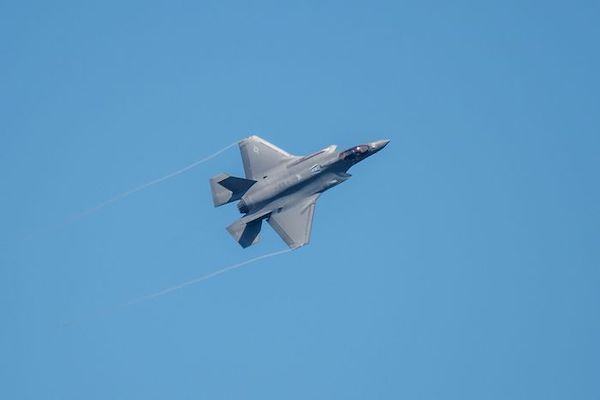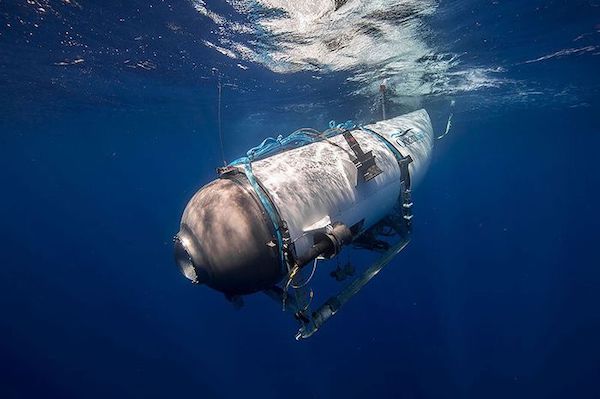This article originally ran on Saturday, December 14, 2024 in New York magazine.
“Is it frustrating to not have more answers on this?” New Jersey governor Phil Murphy mused on Wednesday, as his state buzzed with consternation over a weeks-long run of unexplained drone sightings. “Is it frustrating to not have a source for these things? Yes.”
The widespread agita is less about the danger these mysterious vehicles might pose than officials’ exasperating inability to figure out who’s operating them and why. It seems like the problem shouldn’t be that hard to solve. For decades the U.S. has maintained an elaborate air-defense system that can detect and intercept everything from supersonic bombers to ballistic missiles. So what’s so tough about a handful of buzzing, low altitude drones that for all we know might have come off the shelf at Best Buy?
It turns out that the problem is way harder than it seems like it should be, and the problem has been repeating for years with no obvious solution in sight. On the contrary, there’s every expectation that the problem could get considerably more widespread in years to come. Basically, if you think this is weird, you ain’t seen nothing yet.
The first great drone-swarm mystery to capture the public imagination happened five years ago, when residents of Colorado, Nebraska, and Kansas began to report unidentified craft appearing overhead in large numbers at the start of 2020. Residents reported that drones were lighting up the sky “with Christmas lights” and “zipping around all over the place.” I visited the area and dropped in on Rick Bain, a retired power-plant operator who took me into his backyard and showed me where he’d seen a craft hovering for several minutes. “It was right over the house, about 300 or 400 feet up in the air, barely moving,” he told me. “Probably five or six feet across, definitely not big enough to be any kind of manned thing.” His account seemed sober and credible. But drone-swarm skeptics abounded. Vice headlined one report “Mass Panic: It’s Not Clear That Colorado’s Mystery Drones Even Exist.” The visitations stopped shortly before COVID hit, and suddenly everyone had something more obviously dangerous to worry about.
Continue reading Mysterious Drone Swarms Won’t Always Be This Weird


